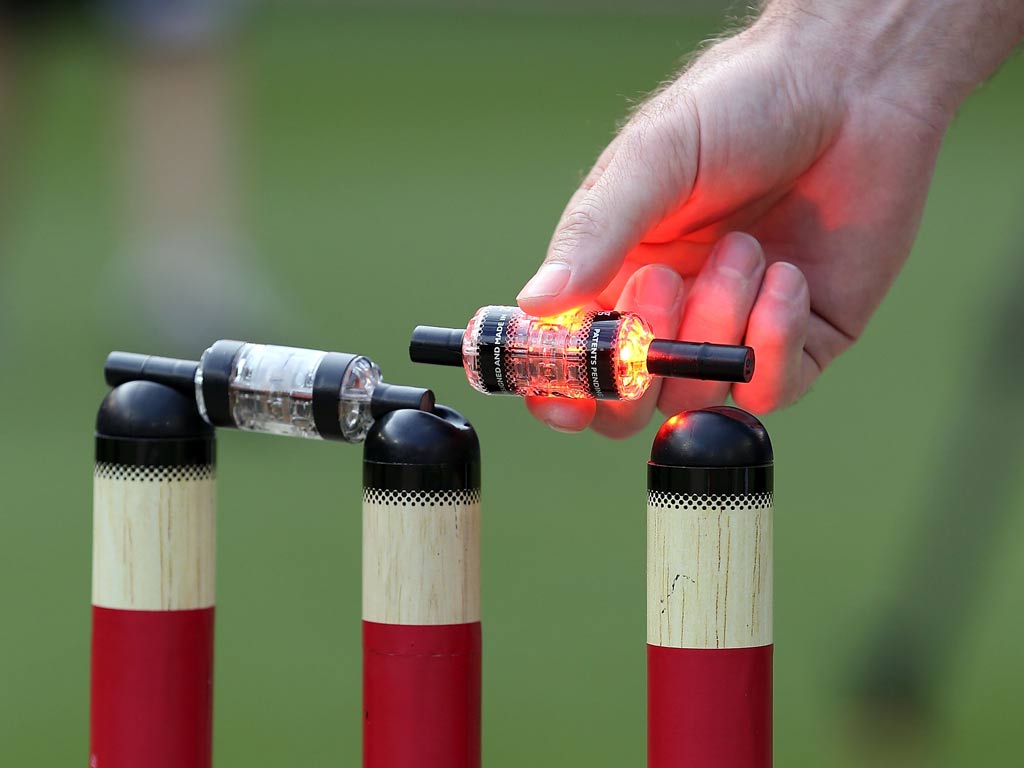How Digital Transformation is Batting for Cricket
In 1992, India was playing their first test match at Durban on their tour to South Africa, the debutant Jonty Rhodes managed to make a runout attempt of Sachin Tendulkar. This was a moment not only for India’s first innings but also for the cricket world. This runout attempt by Rhodes led to the intervention of third umpires to use the television replays for the first time. At last, the red light was flashed on the television screen, and Sachin Tendulkar was adjudged out, and he had to return to the dressing room. The revolutionary moment in cricket:
AI and “Power Bats”
The Durban Test laid the foundation for another technological revolution in the cricketing world. We are now living in a world that is dominated by Artificial Intelligence and Advanced Analytics, and cricket is also tapped into these technological advancements. The signs of new generation cricket bats were visible in the 2017 edition of the ICC Champions Trophy when a bat sensor, which was placed atop the bat handles, developed by Intel. New and novel technologies are being introduced in the willow and thus making it a “Power Bat”.
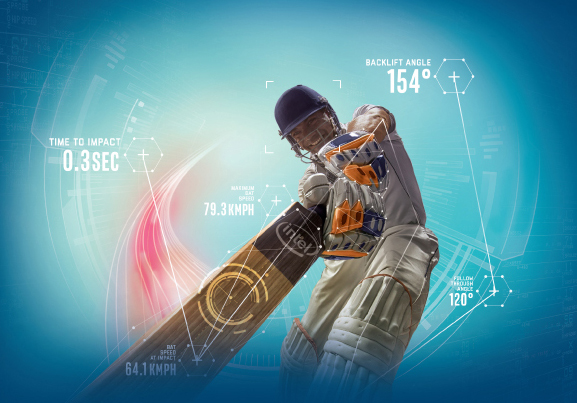
The unique and lightweight sticker placed on the shoulder of the bat will enable the broadcaster to depict various kinds of data analytics such as- speed on impact, a twist on impact and the quality of shot played by the batsman. It would also depict the percentage proximity of the ball’s contact to the sweet spot of the willow. This tool leverages AI, Internet of Technology, and Advanced Analytics and is available through the mobile app. This would help the cricketing coaches to study the batsman and give the batsman clear instructions regarding the areas that need to be improved.
Data Analytics and Cricket
The sports management committees have been using data mining as a tool to select the players of the team to gain the best results. The Indian cricket team and analysis have used data mining is also being done to determine the order of players dynamically. Association mining rule is being applied to performance data including- batting average, bowling average, which pertains to the Indian players, which is collected from the secondary sources. A report from CIO.com has stated the plans of how ICC is going to use data analytics in cricket. Through the use of data analytics, the primary purpose of ICC is to deliver real-time and impressive stats to the fans using their app and website.
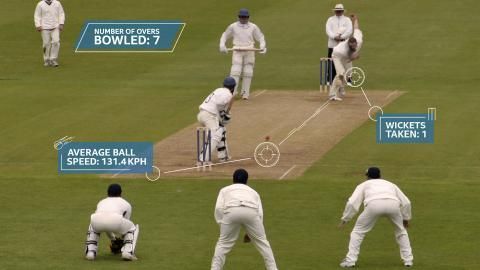
ICC has been using SAP HANA Cloud Platform as well as the SAP Lumira software for analyzing the statistics on the scorecards, player performances, player profiles, and many more relevant data. All of this information is updated every 20 seconds. SAP and ICC have analyzed the cricket data to see the importance of each bowler to win the games. SAP and ICC have used the data for delivering interesting statistics not only to the fans but also to improve the strategy of a team and their performance on the field, which ultimately leads to an increase in a team’s chance of winning. The key behind this is the Fartiuse of predictive analysis, which can forecast the outcome for events taking place by looking at the previous patterns in the data and factoring in many variables
Data-Driven Strategies
Strategy formulation has become much more comfortable now with the emergence of videos and data analytics. The analysts help the team to find out the strengths and weaknesses of the opposition and also providing great help to the coaching staff as well.

Minute details including- pitch maps, seam movements, areas on pitch and many more can be obtained by using the analytics. By having such a large amount of details on hand, the planning becomes, and all of this can be implemented on the field. The use of real-time insights is becoming an essential part of strategy formulation tasks.
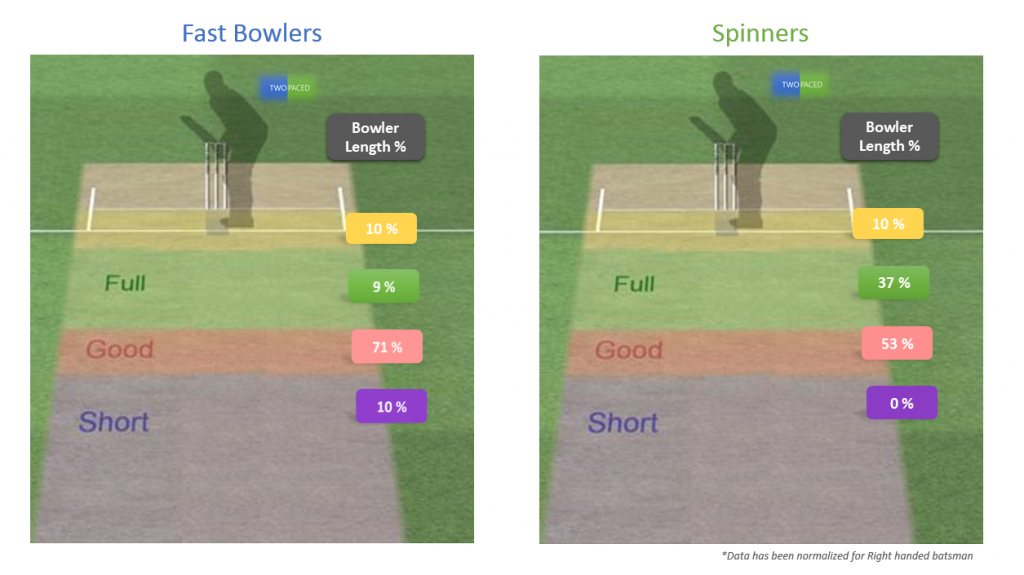
Data analytics have resulted in increased viewership and even guided the commercial aspect of the game as well. Based on the past activities of viewers, broadcaster tend to develop ways to make the game more attractive and interactive to the viewers.
Previous Technological Advancements
Ever since the technology revolution took off, the game of cricket has always accepted the novel innovations which involves making the live broadcasts and the game itself has become more and more enjoyable as well as highly influential over the years.
The technologies have prevailed over time and are still in use to power the Decision Review System or the DRS. The technological advancements have made cricket a fantastic television experience which includes- Snickometer, Hawk Eyes, Stump Cameras, LED Bails and many more.
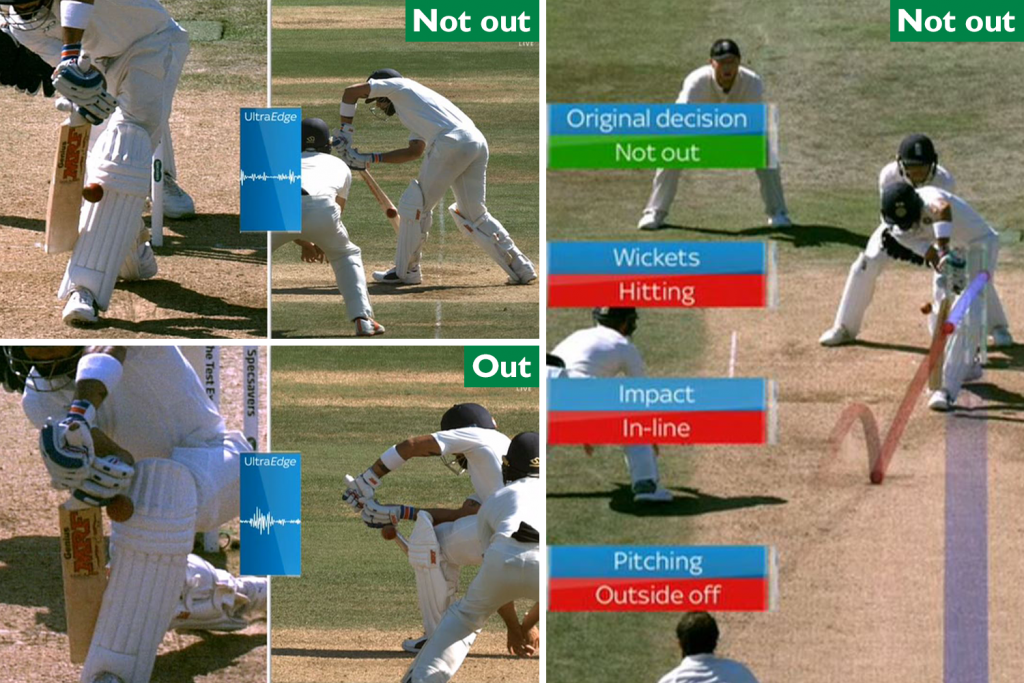
Snickometer was invented by an English computer scientist, named Allan Plaskett in the mid-1990s. It now plays a crucial role in making decisions. The variations in magnitude help the umpire to determine whether the ball has touched the bat or not,
The Hawk Eye technology visually tracks the ball and displays a record of the statistical path of the path, now plays a vital role in LBW-related decisions.

The cricket watching experience has got better with every passing year and the introduction of SpiderCam and Drones. The Drone Camera was first introduced at the ICC Champions Trophy in 2017 for Advanced Pitch Analysis.
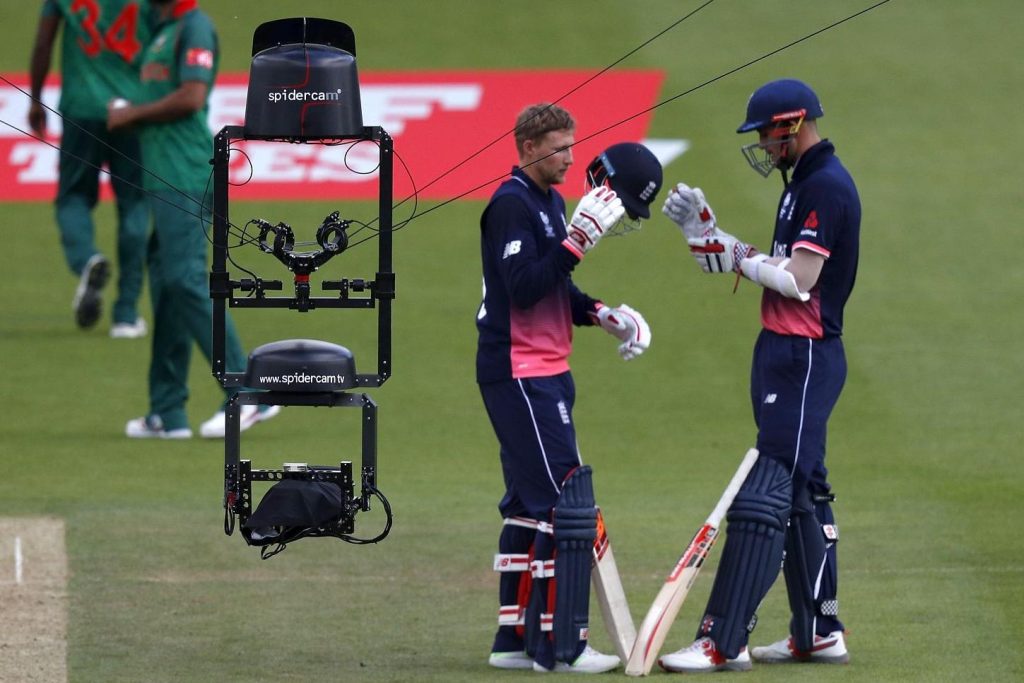
- Considering Data Centers in India to Overcome Economic Conditions - May 10, 2022
- Determining Why Your Organization Needs Web Application Security - February 11, 2022
- How Does a Business Benefit with Managed Services - January 21, 2022
